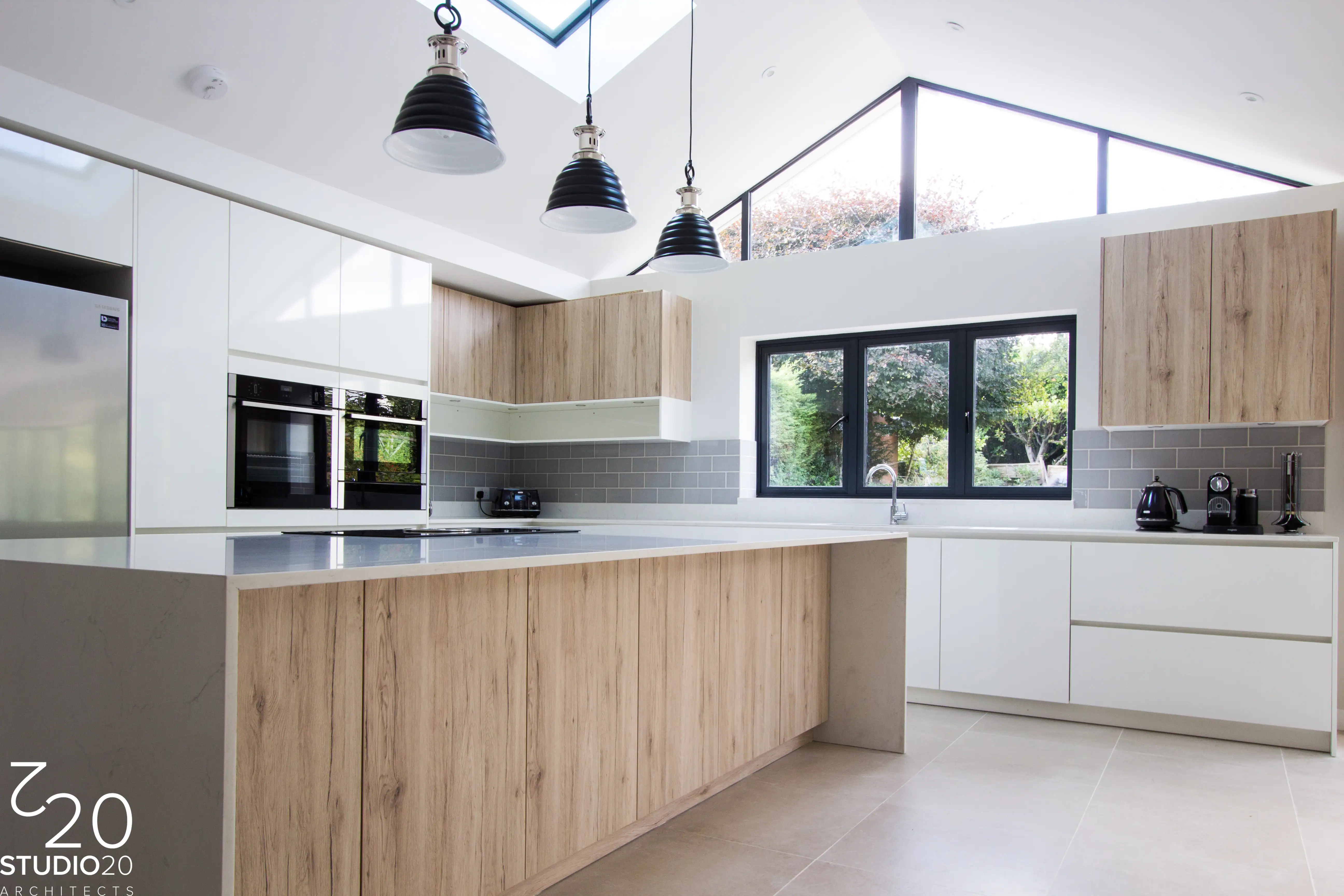The Home Renovation Timeline: What to Do First, Next, and Last
Undertaking a house renovation can be an exciting yet daunting task. Whether you’re planning minor updates or a large-scale overhaul, following the correct sequence is essential to ensure efficiency, cost control, and a successful outcome. This guide will help you navigate the process step-by-step, making your home renovation journey smoother and hassle-free.
Why Is the Order of Renovation Important?
The sequence of renovation tasks plays a crucial role in:
- Structural Stability: Ensuring foundational changes are addressed before aesthetic improvements.
- Cost Efficiency: Avoiding unnecessary rework and extra expenses.
- Project Quality: Delivering a polished and cohesive final result.
Imagine completing painting and flooring, only to realize you need to remove a load-bearing wall. Such oversights can derail your timeline and budget.
Correct Order of Renovating a House
Let’s dive into the logical steps for a successful home renovation, particularly if you’re considering a Do It Yourself (DIY) approach.
- Inspect the Property
Begin with a thorough inspection to identify:
- Structural issues (e.g., cracks, damp spots).
- Electrical or plumbing problems.
- Areas requiring repair or replacement.
Take detailed notes and photos to ensure nothing is overlooked.
- Define a Renovation Plan
A clear plan is the backbone of your renovation project. Include:
- Priority areas (e.g., structural, aesthetic).
- Estimated costs.
- Required manpower and materials.
Tip: Decide if you need professionals like structural engineers or if skilled laborers will suffice.
- Hire the Right Professionals
For large-scale renovations involving structural changes, consult:
- Architects for design optimization.
- Structural Engineers for safety and load-bearing evaluations.
- Contractors for efficient project management.
For smaller-scale projects, hire specialists in specific trades like plumbing, masonry, or electrical work.
- Demolition & Cleaning the Slate
Start by tearing down:
- Old wall plaster, damp areas, and rotting wood.
- Outdated wiring and plumbing.
- Structural components, if needed (e.g., removing a load-bearing wall).
Important: Always install temporary support structures before removing walls to avoid structural damage.
- Electrical and Plumbing Installation
Install basic systems like:
- Wiring for lighting and plug points.
- Plumbing lines for sinks, showers, and appliances.
- Heating, ventilation, and cooling (HVAC) systems.
This step is critical as these elements go beneath walls and floors.
- Insulate for Energy Efficiency
Before moving forward with surface works, consider insulation to enhance energy efficiency and reduce bills.
- Materials: Fiberglass, foam, or mineral wool.
- Areas to Insulate: Cavity walls, roofs, and floors.
- Wall Plastering
Apply plaster to walls after internal installations.
- Begin with a gypsum-based base coat, followed by a skim coat for a smooth finish.
- Flooring/Tiling
Complete all flooring work before painting to avoid dust and debris ruining freshly painted surfaces.
- Vinyl, marble, or granite tiles are easy to clean if stained during renovation.
- If switching to wooden floors, cut baseboards and align before painting.
- Cabinet Installation
Install cabinets, vanities, and shelves after flooring but before painting to:
- Prevent scratches or bumps on painted surfaces.
- Avoid reinstallations or adjustments later.
- Door and Window Installation
Secure all door and window frames to align with your home’s structure and aesthetic. This ensures they don’t disrupt finishing touches like painting.
- Painting the Walls
Allow freshly laid flooring to settle for 24–48 hours before starting wall painting. Follow this order:
- Paint ceilings.
- Move to walls.
- Paint door and window frames.
- Bathroom and Kitchen Fittings
Complete this step last to:
- Protect appliances and fixtures from damage during other stages.
- Ensure precision in placements like countertops, cabinets, and plumbing installations.
For bathrooms:
- Start with showers and washbasins, followed by commodes and cabinetry.
For kitchens:
- Install cabinets first, followed by appliances like ovens and fridges.
Tips for a Successful Renovation
- Stay updated on local building regulations and planning permissions.
- Always account for structural implications when making changes.
- Budget for contingencies—unexpected issues often arise.
Conclusion
A house renovation requires meticulous planning and execution. Following the correct sequence ensures efficiency, minimizes disruptions, and delivers a polished final result. While this guide provides a structured plan, the sequence may vary depending on your project’s scope and complexity.
At Studio20 Architects, we specialize in house renovations, extensions, and conversions, adhering to local regulations and delivering excellence in every project. If you’re planning to renovate your home, our team is ready to assist with expert guidance and tailored solutions.
Contact Studio20 Architects Today for Renovation Expertise





